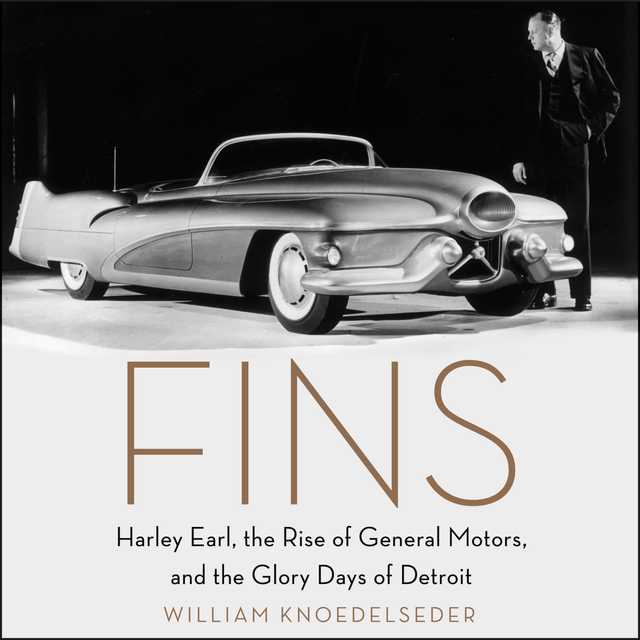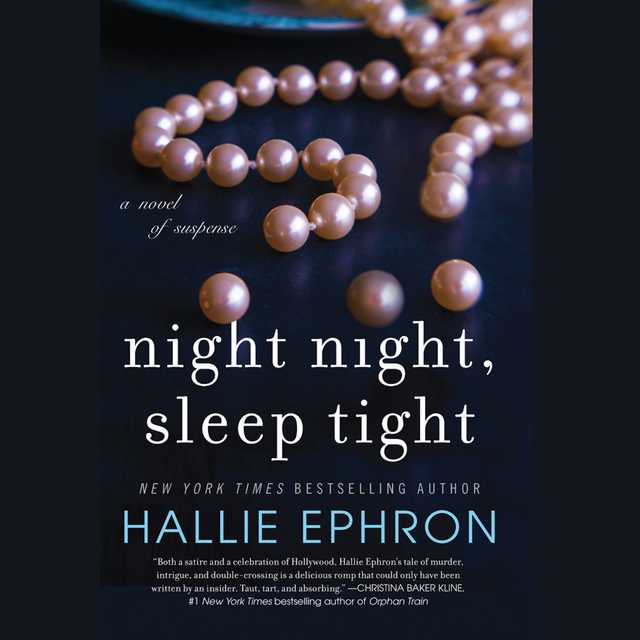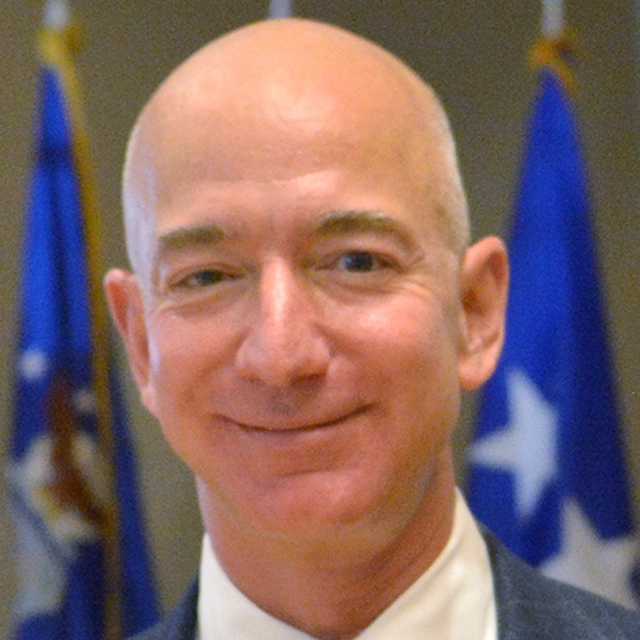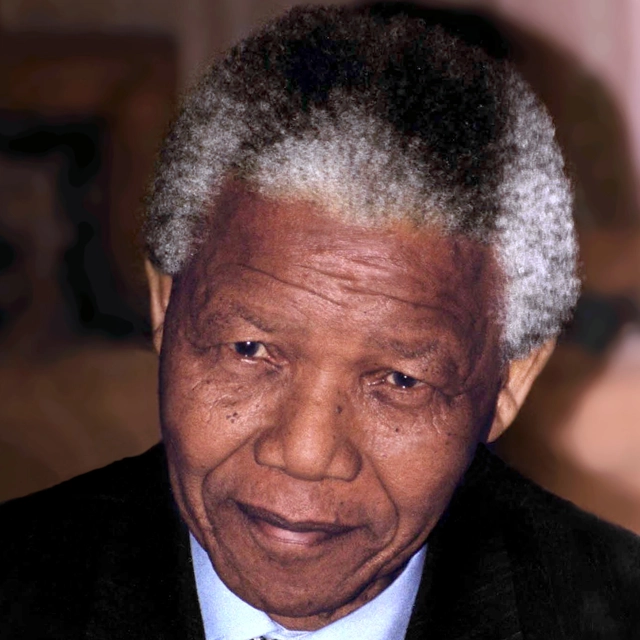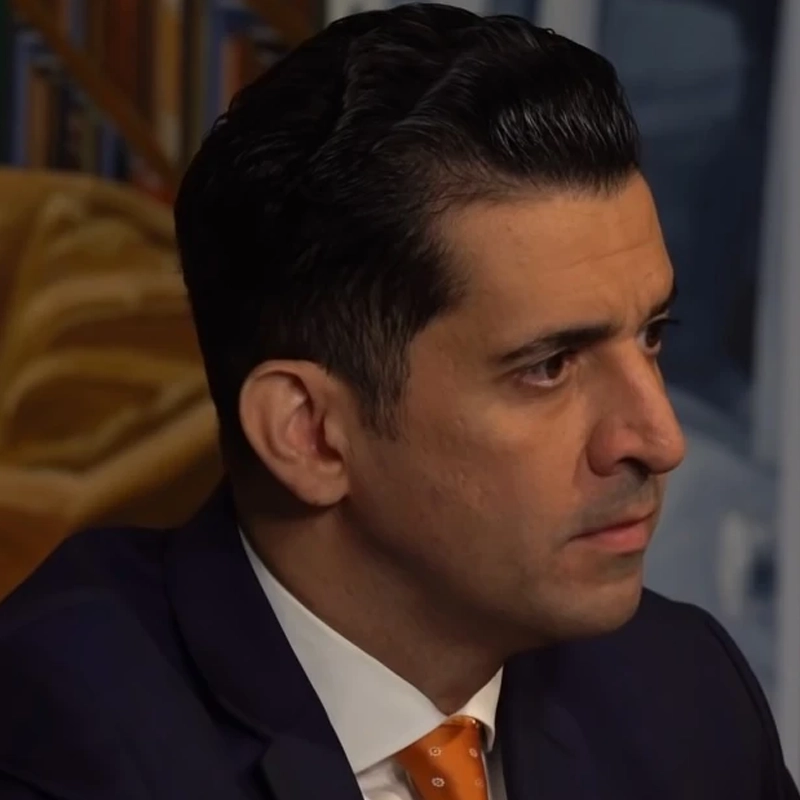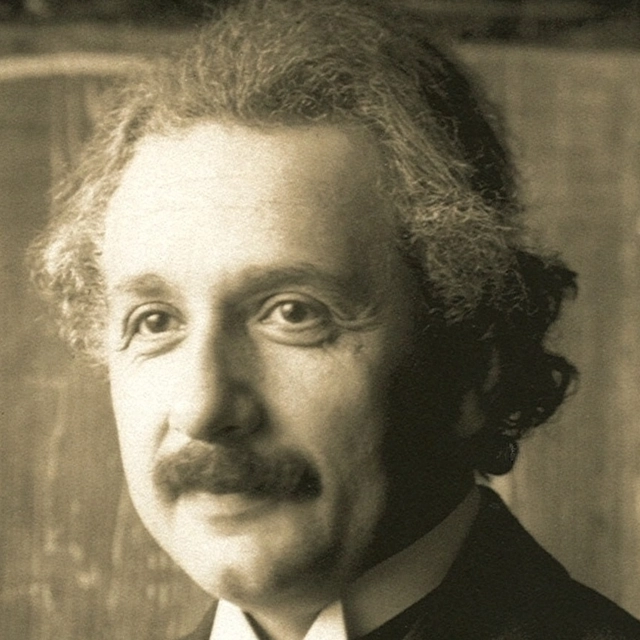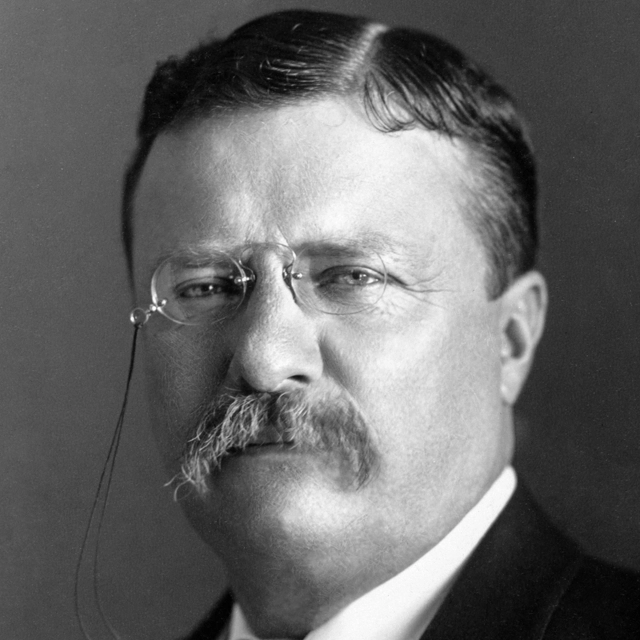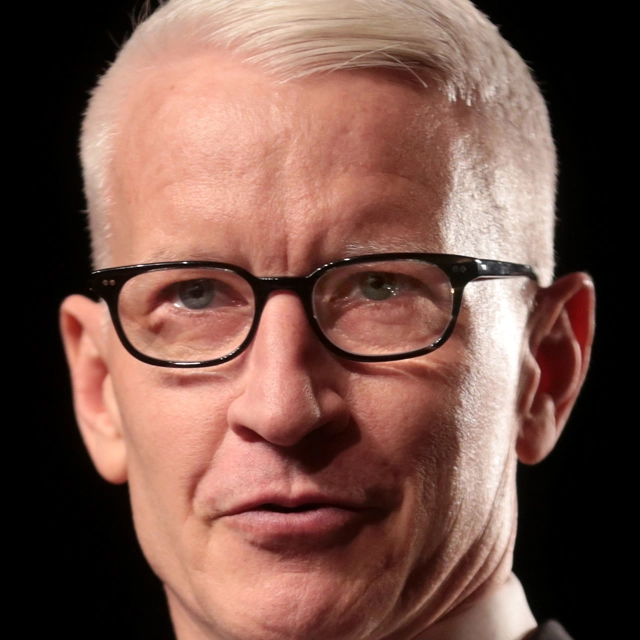Fins Audiobook Summary
The New York Times bestselling author of Bitter Brew chronicles the birth and rise to greatness of the American auto industry through the remarkable life of Harley Earl, an eccentric six-foot-five, stuttering visionary who dropped out of college and went on to invent the profession of automobile styling, thereby revolutionized the way cars were made, marketed, and even imagined.
Harleys Earl’s story qualifies as a bona fide American family saga. It began in the Michigan pine forest in the years after the Civil War, traveled across the Great Plains on the wooden wheels of a covered wagon, and eventually settled in a dirt road village named Hollywood, California, where young Harley took the skills he learned working in his father’s carriage shop and applied them to designing sleek, racy-looking automobile bodies for the fast crowd in the burgeoning silent movie business.
As the 1920s roared with the sound of mass manufacturing, Harley returned to Michigan, where, at GM’s invitation, he introduced art into the rigid mechanics of auto-making. Over the next thirty years, he functioned as a kind of combination Steve Jobs and Tom Ford of his time, redefining the form and function of the country’s premier product. His impact was profound. When he retired as GM’s VP of Styling in 1958, Detroit reigned as the manufacturing capitol of the world and General Motors ranked as the most successful company in the history of business.
Knoedelseder tells the story in ways both large and small, weaving the history of the company with the history of Detroit and the Earl family as Fins examines the effect of the automobile on America’s economy, culture, and national psyche.
Other Top Audiobooks
Fins Audiobook Narrator
Peter Berkrot is the narrator of Fins audiobook that was written by William Knoedelseder
William Knoedelseder is the New York Times bestselling author of Bitter Brew: The Rise and Fall of Anheuser-Busch and America’s Kings of Beer, as well as the critically acclaimed Stiffed: A True Story of MCA, the Music Business, and the Mafia. His book I’m Dying Up Here: Heartbreak and High Times in
Stand-Up Comedy’s Golden Era is the basis for the Showtime series of the same name. He lives in Los
Angeles, California.
About the Author(s) of Fins
William Knoedelseder is the author of Fins
More From the Same
- Author : William Knoedelseder
- Bitter Brew
- I’m Dying Up Here
- Publisher : HarperAudio
- Abraham
- American Gods [TV Tie-In]
- Dead Ringer
- House of Sand and Fog
- Prey
Fins Full Details
| Narrator | Peter Berkrot |
| Length | 9 hours 3 minutes |
| Author | William Knoedelseder |
| Category | |
| Publisher | HarperAudio |
| Release date | September 18, 2018 |
| ISBN | 9780062564146 |
Subjects
The publisher of the Fins is HarperAudio. includes the following subjects: The BISAC Subject Code is Biography & Autobiography, Business
Additional info
The publisher of the Fins is HarperAudio. The imprint is HarperAudio. It is supplied by HarperAudio. The ISBN-13 is 9780062564146.
Global Availability
This book is only available in the United States.
Goodreads Reviews
Tom
August 02, 2022
An interesting, if not quite wide-ranging enough, look at the rise of GM to preeminence in the car business. As the title said, told mostly through the vantage point of GM's premier stylist, it traces the development and impact of automobile stying from the 20s through the 50s. Along the way, WK does a fantastic job discussing the Detroit's impact on WWII, and so many of the memorable cars of the 50s. He also shows us some of the unpleasant side of Henry Ford. Uffda. There was certainly more that contributed to the dominance of GM than design, and although the book fails here it succeeds for the most part in the story it wants to tell. If you like cars, I think you will find it interesting too.
Jak
September 09, 2022
Loved this bio of car designer Harley Earl and car design in general. It had just the right level of details and history for my interest, while also allowing for various wikipedia side quests. He helped pioneer the idea of rolling out big changes on Cadillacs that would then trickle down the price ladder to other vehicles over five years. “I’ve got no use for a car that has more spark plugs than a cow has teats.” - Henry Ford on the idea of a six cylinder engine. The more I learn about Henry Ford the less likable he is.
Shrike58
March 10, 2022
Although I was afraid this would be something of a throwaway puff piece, Knoedelseder gives one an effective life and times of Harley Earl, the man who, for better or worse, made styling as important as engineering to mass-market American automobiles. As for the subtitles, for there to be a rise of General Motors, there had to be a fall of the Ford Motor Company, and business strategy is a strong secondary element of the story being told. As for the glory of Detroit, that barely lasted a generation, and justifies some of the sociological angles that the author explores in this book. If nothing else, I find a lot of car books undercut by their authors' uncritical enthusiasm for their subject, whereas Knoedelseder comes both to praise and critique in equal measure, as required. I really have no salient complaints about this work. For those who want more nuts and bolts, well, other books exist for that.
Tommy
August 04, 2022
You don’t have to be a car nut to appreciate the intrigue, artistry, and history behind Harley Earl, the man of whom Alfred Sloan said, “With the possible exception of Henry Ford, no other person has single-handedly contributed more to the evolution of the modern automobile industry.”About the author: Bill Knoedelseder is a veteran journalist who honed his investigative and narrative skills at the Los Angeles Times, where his groundbreaking reporting on the entertainment industry produced a string of juicy exposes and two critically acclaimed books, I’m Dying Up Here and Stiffed: A True Story Of MCA, The Music Business, And The Mafia. from his website.The book in a sentence (or two): Fins is the story of the birth of a cultural icon (automotive tail fins) and Harley Earl, the man whose vision and expertise brought styling to the forefront of the automotive industry.Why did Knoedelseder write Fins?Knoedelseder notes that if anyone knows Harley Earl today, it is probably as the “father of tail fins.” But a host of car collectors and historians think differently, they will tell you “that the American car industry’s rise to greatness began and ended with [Harley Earl]” (8). It could be said that his “touch” was felt on the nearly 50 millions cars that came out of Detroit during his twenty-nine years with GM. He “practically invented” automotive styling and, with Alfred Sloan, shifted the automotive production focus from engineering to styling. Harley Earl is a life and story worth knowing for we are still feeling his impact today.Give me the quick take on Harley Earl:1. He grew up in Hollywood (late 19th/early 20th centuries) when it was a “dirt-street village.” He worked in his father’s carriage company, the focus of which moved from buggy's to automobile bodies.2. The movies and the automobile were both born in 1895. The movies came to Hollywood for the and easy filming. That move reshaped the city. 3. Harley saw the importance of individual styling when it came to the carriages and then the automotive carriage. He started Earl Auto Works.4. Hollywood and Automobiles were on the rise. “The automobile is essential to comfort and happiness,” said Harper’s Weekly. There were a few thousand cars at the beginning of the decade; 500,000 million by the end of the decade. 5. Harley Earl became well known for his visionary styling and expertise especially among the Hollywood jetset. Cecil B. DeMille lived just down the street and the two became friends.6. GM hired Earl (1926) to come to Detroit rather than send cars to be built by him in California. Earl’s first car for GM was the LaSalle which was a hit with GM CEO, Alfred P. Sloan. The two became fast friends which, coupled with Earl's expertise, gave Harley carte blanche styling control over all GM.7. Earl enjoyed a 27-year reign as styling chief at General Motors. He influenced virtually every model at GM and styling in general across the automotive industry -- this even though he did not draw (109,110, 148). “Earl’s real talent lay in his critical eye . . . which was always focused firmly on the bottom line. He was an uncanny commercial critic with an extraordinary ability to anticipate the sales success of a design.” 1488. He was arrogant (134, 205) and a publicity hog (112). Rule #1: ‘No one was to get publicity in his department but Harley J. Earl.”9. He was a workaholic. (see below)10. He left an amazing legacy of designers: Every studio was filled with—if not directed by—men he had trained, Eugene Bordinat (Ford); Virgil Exner (Chrysler); Elwood Anderson (American Motors); Richard Teague (Packard).The author's central purpose: To give us a picture of the rise of Harley Earl and the impact of styling on the automotive industry.My take on Fins:Bill Knoedelseder provides an overview of Automotive American history in general, GM styling in particular, and Harley Earl as the genius behind the movement that changed the automobile industry. Perhaps few saw the rise of the automobile as did filmmaker Cecil B. DeMille: “It didn’t escape him that the motion picture and the motorcar were born in the same year, 1895, and the subsequent rise of both industries reflected, as he put it, ‘the love of motion and speed, the restless urge toward improvement and expansion, the kinetic energy of a young, vigorous nation.’ 36 The author helps us catch a sense of that expansion on the automotive front, primarily through the lens of Harley Earl, the styling champion of Detroit. But Knoedelseder does more than give us “just the facts.” He introduces Harley Earl in a way that provides a glimpse of America, our excesses (tail fins and chrome and Tom Mix, 56-57), our sacrifices (USA and WWII), our triumphs (Detroit and GM’s manufacturing dominance) and our failures (Blacks were “blacklisted” from buying Cadillacs, 119; and many necessary to our success in WWII were dismissed after the war without recourse despite the efforts of Dreystadt and others, 164-167). Knoedelseder shows us that great innovations take time and never occur in a vacuum. And in unveiling a portrait of Harley Earl that is both favorable and critical we get a better picture of our subject, but also of our times and ourselves. My Takeaways:1. Leaders must pay attention to their organizational structure and their cultural milieu: GM CEO Alfred Sloan saw and corrected, i.e. changed GM’s divisions competing for the same customer by focusing each of his five divisions on a different customer. He also shifted the manufacturing impetus from engineering to style. "Style should drive the industry!" Henry Ford, for his part, “remained defiantly committed to his original business model of building a simple, durable, and economical car with no extras, no trimmings, no color even, only black, because black paint was the cheapest and dried the fastest. . . . [H]is stubborn resistance to change was beginning to put his company at a disadvantage. 47,48 Harley Earlworked in his father’s coach company, but shifted the focus from “guaranteeing satisfaction” to “express your tastes and ideas so that your coach may be an expression of your individuality.” 2. Recognize what you need from your administrative assistant: When Harley Earl went to GM in 1927, he had no secretary, no staff, and no studio. His did not understand the company’s organizational structure or people. William Fisher of the Fisher Body division said, “I have a man (Howard O’Leary) working for me that goes between plants. He’s been doing it for a couple of years, and he’s a very smart young fellow and knows everybody at the divisions and in our plants and subsidiaries. He knows where to find everybody.” Earl hired O’ O’Leary. He would serve as Harley Earl’s administrative assistant for twenty-seven years.3. The importance of sticking with it. Today, no one would think of “killing the Corvette.” It is America’s super car, but were it not for a couple of individuals, Harley Earl being one of them, the Vette would have suffered the same fate as the Thunderbird. When cost-cutting Robert McNamara took control of the books at Ford, he trimmed the bird’s wings. Earl was not going to let that happen. Even though GM lost money on the Corvette for a few years, it survived because one person utilized his influence to save it. 4. Beware of “hubris born of success.” Jim Collins gave us that great line How The Mighty Fall. In later years, Harley Earl (and the GM design team) – like Henry Ford before them – thought he/they could do no wrong. “The company’s postwar dominance had led to an atmosphere of arrogant complacency, a feeling among the designers that they were ‘so far ahead of Ford and Chrysler that we weren’t even breathing close to them. [We] could almost trot and stay ahead’” (250). At just that time (1959) Chrysler had crept up on them and passed them. When GM engineers saw the new Chrysler models, one quipped, “My god, they blew us out of the tub.” 2495. Tell the Emperor he/she has no clothes: Pride and egotism was a fault line running through the life of Harley Earl. “Harley had one rule that was never stated but that everyone came to learn nonetheless: ‘No one was to get publicity in his department but Harley J. Earl’” (112 131). Earl signed off on one press release that described him as a man of “towering genius” (205). Not only was he prideful, he did not tolerate pushbacks. Consequently, when a design idea went sideways, silence – not criticism – prevailed.None of the young Turks expressed those [critical/negative] feelings to Harley, however, not even Bill Mitchell. . . . They said nothing at the time because they all knew what happened to people who broke Rule Number One.6. Workaholic leaders impact everyone around them, not just themselves. About his workers: Designer Thomas L. Hibbard said, “It’s tough to be creative around the clock” (107), but 25/7 was what Harley lived and expected. There were no personal/professional boundaries. Weekends, holidays, and religion all disappeared din the crunch. Bernie Smith remembered working three months straight without a day off. About his wife: In exchange for his putting in however many hours it took to provide them with an enviable standing of living, she did practically everything for him except pick out his wardrobe: household problems, nightly dinners, manage social arrangements, navigate corporate relations. 263-4Conclusion: Today’s cars are engineering marvels though many appear to have been taken from the cookie cutter design studio. Where there is design, however (and there is still much design to appreciate), we can look with gratitude to the life and influence of Harley Earl.
Lance
November 15, 2018
This quick read not only examines the personality and proclivities of Harley Earl, but also traces the rivalry between Ford and GM, and automotive corporate history from the twenties through the fifties. Knoedelseder has a knack for depicting the players, the products and the principles without getting bogged down in the minutiae. Enjoyable, enlightening, and fascinating for car crazies, this is also highly readable business study and biography. "Fins" is fun from debut to fin.
Matt
April 19, 2021
Another great 'pioneering' American story. Evidently, while well after laying of the railroads, the Rockefellers et al, this covers an incredible period and the story of Harley Earl. He started his life in LA and was there as the first motion pictures were being filmed in what became Hollywood as he was a young man. Son of a coach builder to the LA elite, he applied his own design ability to the family business and then would be enticed to Detroit where the next part of the extraordinary story takes place. He quickly became the head of design for General Motors and was there before and right throughout the eras that made the company. In the middle, it is wrapped around race relations (in a largely positive albeit controversial sense), the American auto manufacturers and their involvement in the second world war (including an amazing story about Hitler and Henry Ford). Earl was a hard task master, but effective and was a visionary that took the automobile to the masses and many of his innovations were forerunners to what we see today (as were many of Fords also).As a personal opinion, I love American pioneering stories and how entrepreneurial the American Spirit was and what those at the forefront of their industries achieved. American school boards today could do worse than going back and focusing on adding these stories to the curriculum, to inspire the next generation to take a leaf out of the books of people like Earl, Rockefeller or Carnegie et al.
Bob
November 09, 2021
Big hair, big ideas, big fins!I’m a child of the 1950s and cars were the deal - new models every year, bigger was considered better most of the time and everybody’s Dad was a devotee - a Ford man, a Chevy man.Little did I know until reading this book that Harley Earl was the guiding force behind most of it.I trace my childhood by what cars we had - Dad was cheap and usually bought “striped” Fords while Grandpa was a Chevy man. 1953 Ford with manual overdrive and “three on the tree” was our family car but Grandpa had a new 1955 Chevy Belair followed by a ‘57 and then a 1963 candy apple red Impala, a Chevy man to the end.This book was informative, easy to read and most of all brought to mind my uncomplicated youth in Harley Earl’s home ground of Southern California.It is a great read if you loved the 50s, cars or both.
Leron
December 03, 2019
Among the Very Best Histories of American IndustryI picked this particular book to read because I was educated at Art Center College of Design in the early 60's and made my career in industrial design. The name Harley Earl represents the glamour and excitement that made design and styling known to almost everybody. American products of all kinds became fun to see and desirable. Buying cars, typewriters, and mixers built a comfortable and opimistic middle class that lasted for almost 4 decades, the period when I grew up.I would recommend this book to anyone who is interested in product design, in particular, to design students. Earl's story clearly illustrates a golden age that has passed and will likely never happen again.
Melanie
January 09, 2023
I did not know about Harley Earl until I read this book. This book covers the auto industry with a focus on the Earl family and General Motors (GM) from the early days of cars and Hollywood up to the Chevy Corvair. Extra attention is given to the Cadillac fins of the 50s and the Chevy Corvette which Earl was responsible despite criticism from others. I saw one review stating you need to know more about the auto industry, but I disagree - if you enjoyed the movie Ford versus Ferrari that is really the only knowledge you need to enjoy the book. Okay, maybe an appreciation for older cars is also required.How did this book find me? I saw it was on sale on Audible and I was quickly intrigued. I did not buy it but borrowed from my library through Hoopla.
jeffrey
September 15, 2020
Well-written account of the rise of the American auto industry centered primarily on Harley Earl. My major criticism is that the book would have benefited from a lot more photographs of the cars in question. Instead, I would google them each in turn. The sections about 'fins' and the slapping on of chrome on the '50s cars was the most interesting to me. Although I already knew that Henry Ford was a misanthropist, I also learned that he was a reactionary businessman, to his own detriment. Interestingly Harley Earl seemed to suffer from a similar malady in his later years, that of a certain rigidity in thinking.
Carol Jordan
December 27, 2019
The man who loved chromeThe fascinating story of how one man, with some ability and an overpowering personality, came to dominate what cars looked like for more than a generation. The book weaves together the history of the automobile and the business leaders who shaped the industry. Car nuts will enjoy it, but it should appeal to anyone who wants to read the history of the big auto makers and the big imprint Earl and a few others made on that story.
Lyle
January 16, 2023
Was worried it would be some kind of sociopolitical study of Detroit but it spends more time on wartime manufacturing than this, pretty cool I like it. Our man Harley had a vision of a current-future many would crib from, it’s a bit tacky but it’s undeniable. I have discovered the phrase “road apple”
James V. Grace
January 31, 2021
A great book!This is one of the most informative books describing the essential role styling played in driving the postwar american economy forward.It is also richly entertaining with anecdotes and real life dialogue that captures the originality and humanity of the men who ran GM.Great book!
Marc
December 04, 2022
That’s where fins came from!If you like to read about how automobiles were designed in the Golden Era of the Fifties, this book is for you. Seemed that everything Harley Earl touched turned to gold. He had an innate talent for car design and at one point was responsible for the entire General Motors portfolio. But as they said in the movie Patton: “All glory is fleeting.”
Kevin
September 05, 2020
An interesting ReadLots of great insights into Harley Earl and GM, but also the auto industry in general. As a Michigan native who grew up in the shadow of Willie Run airport I really enjoyed the historical viewpoint. I remember seeing the GM card in the Windows at the Willie Run plant as a kid.
Most Popular Audiobooks
Frequently asked questions
Listening to audiobooks not only easy, it is also very convenient. You can listen to audiobooks on almost every device. From your laptop to your smart phone or even a smart speaker like Apple HomePod or even Alexa. Here’s how you can get started listening to audiobooks.
- 1. Download your favorite audiobook app such as Speechify.
- 2. Sign up for an account.
- 3. Browse the library for the best audiobooks and select the first one for free
- 4. Download the audiobook file to your device
- 5. Open the Speechify audiobook app and select the audiobook you want to listen to.
- 6. Adjust the playback speed and other settings to your preference.
- 7. Press play and enjoy!
While you can listen to the bestsellers on almost any device, and preferences may vary, generally smart phones are offer the most convenience factor. You could be working out, grocery shopping, or even watching your dog in the dog park on a Saturday morning.
However, most audiobook apps work across multiple devices so you can pick up that riveting new Stephen King book you started at the dog park, back on your laptop when you get back home.
Speechify is one of the best apps for audiobooks. The pricing structure is the most competitive in the market and the app is easy to use. It features the best sellers and award winning authors. Listen to your favorite books or discover new ones and listen to real voice actors read to you. Getting started is easy, the first book is free.
Research showcasing the brain health benefits of reading on a regular basis is wide-ranging and undeniable. However, research comparing the benefits of reading vs listening is much more sparse. According to professor of psychology and author Dr. Kristen Willeumier, though, there is good reason to believe that the reading experience provided by audiobooks offers many of the same brain benefits as reading a physical book.
Audiobooks are recordings of books that are read aloud by a professional voice actor. The recordings are typically available for purchase and download in digital formats such as MP3, WMA, or AAC. They can also be streamed from online services like Speechify, Audible, AppleBooks, or Spotify.
You simply download the app onto your smart phone, create your account, and in Speechify, you can choose your first book, from our vast library of best-sellers and classics, to read for free.
Audiobooks, like real books can add up over time. Here’s where you can listen to audiobooks for free. Speechify let’s you read your first best seller for free. Apart from that, we have a vast selection of free audiobooks that you can enjoy. Get the same rich experience no matter if the book was free or not.
It depends. Yes, there are free audiobooks and paid audiobooks. Speechify offers a blend of both!
It varies. The easiest way depends on a few things. The app and service you use, which device, and platform. Speechify is the easiest way to listen to audiobooks. Downloading the app is quick. It is not a large app and does not eat up space on your iPhone or Android device.
Listening to audiobooks on your smart phone, with Speechify, is the easiest way to listen to audiobooks.

